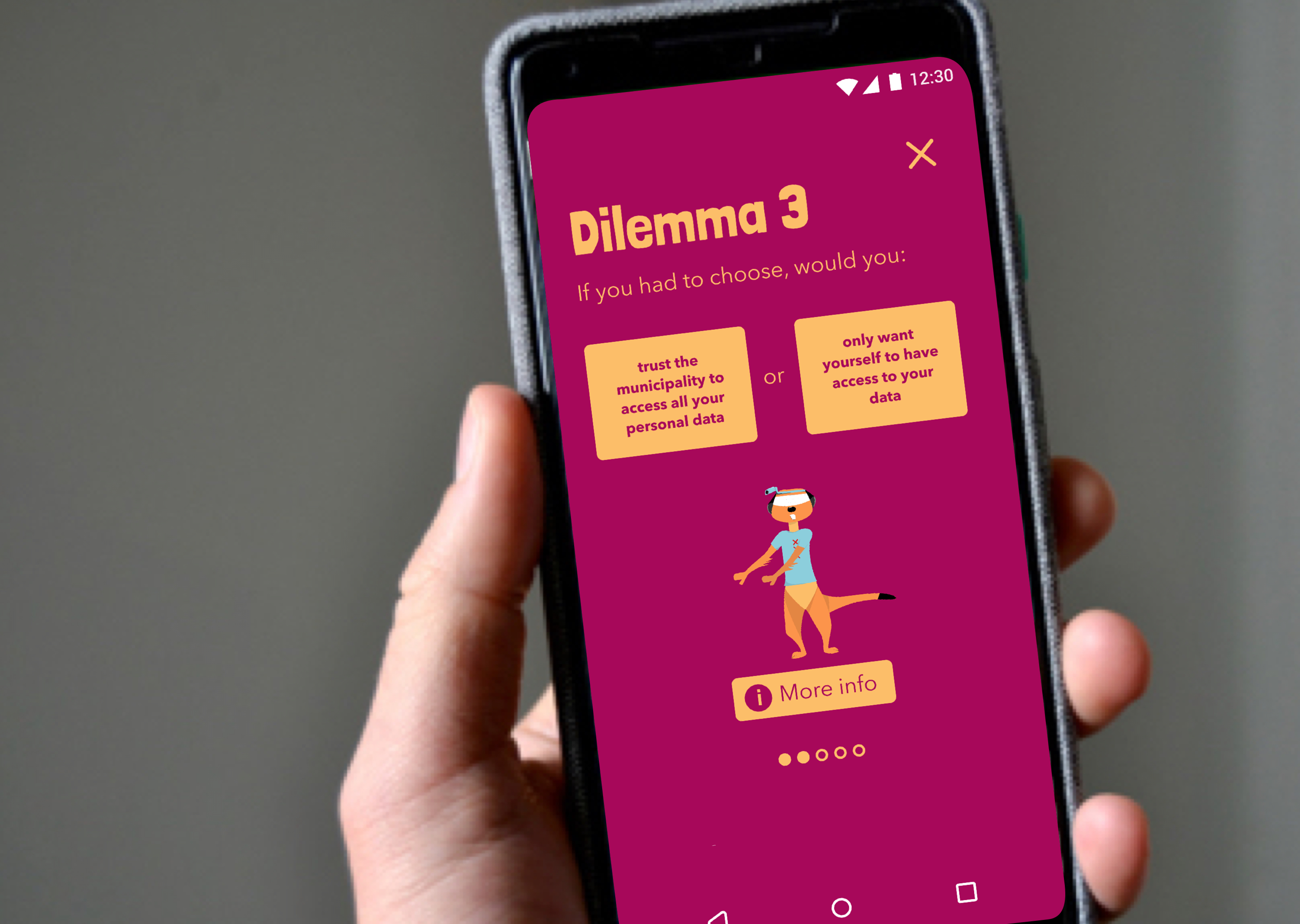
Respite in the Noise
How screens can tackle anxiety in public spaces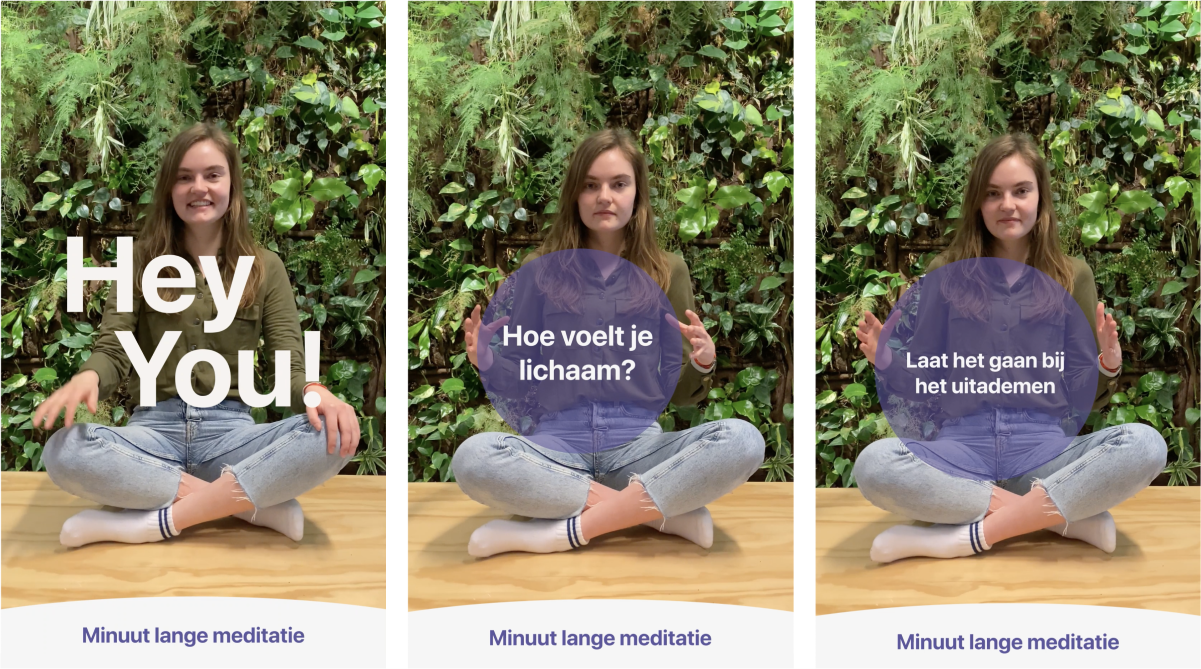
-
Client:
Exterion Media
- Team:
-
Disciplines:
Animation, Interaction Design, Experience Design
-
Schoolyear:
2020-2021
With a pandemic taking over people's lives, 2021 and its precedent year have taken their toll on the mental health of citizens across the world. The way we relate to outdoor spaces has also significantly changed. Cities must now look into creative solutions to accommodate the emotional and physical needs of their residents in the post-covid era. This project explores the idea of alleviating anxiety in public spaces using digital out-of-home (DOOH) screens.
Exterion Media approached us to examine the possibility of increasing engagement with DOOH screens on an average of 2-4 seconds. It was up to us to define our problem space and choose how to tackle it.
Anxiety Today
We considered the current state of society overall: How are people doing? Given that the pandemic has had a taxing effect on people's mental health, we researched the impact of Covid-19 on anxiety and looked at the overlap between anxiety and public spaces.
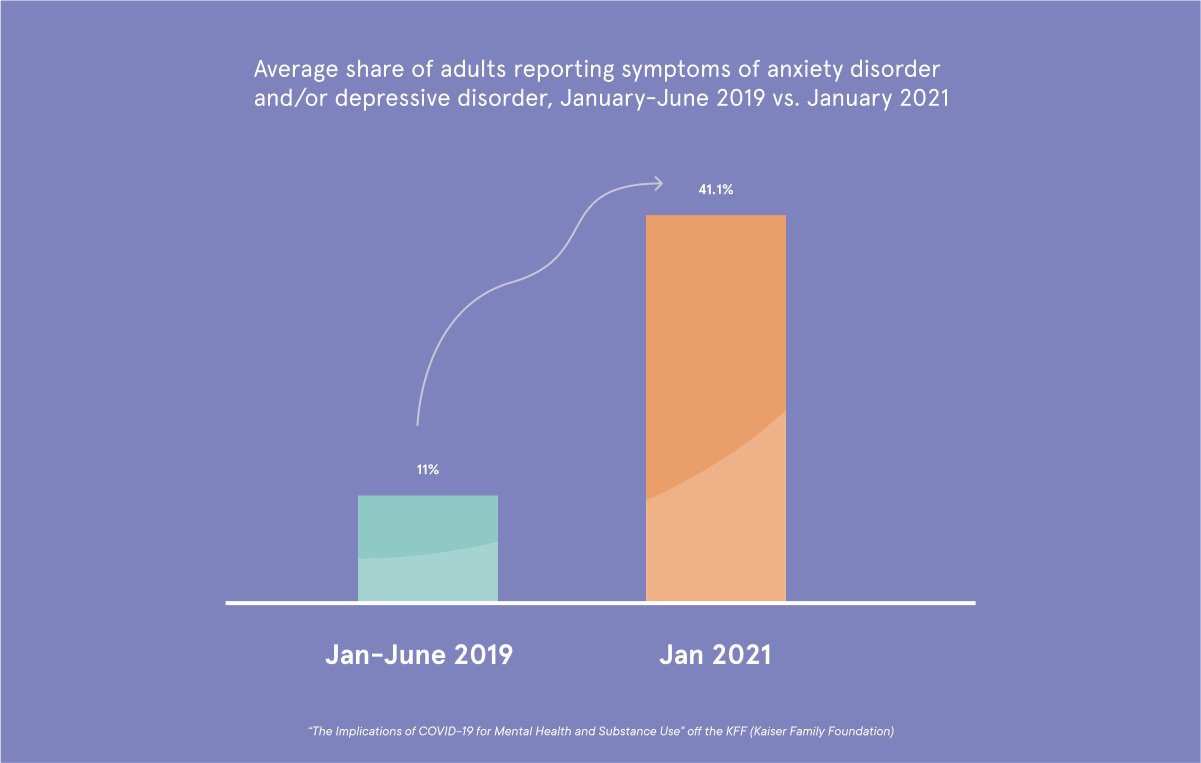
Design Sprint
We organized, facilitated and partook in a five-day design sprint where we invited experts in the field and explored various ideas on how to create relaxing content for DOOH screens through digitizing traditional methods for decreasing anxiety and stress.

Deep breathing was the clincher not only due to its effectiveness in reducing anxiety (such as lowering heart rate) but due to the fact that it can be translated into a familiar visualization. This is cultivated in a guided visual breathing exercise that spans for a minute.
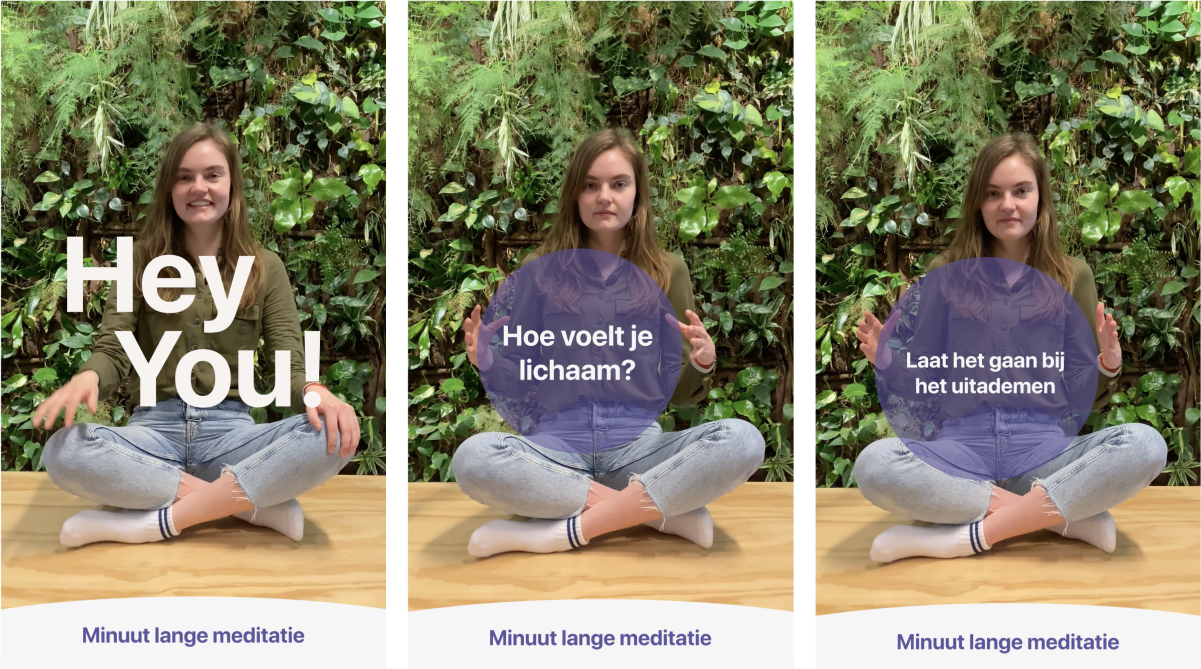
During the testing at various locations, the prototype was played every 15 minutes between ads. We observed that, on average, a person engaged with it every two hours. In other words, per every 8 showings, someone stopped and followed the breathing exercise. Additionally, engagement was highly dependent on the strategic location of the screen, the clutter around it, and social opportunities of what people can do – for example, packing groceries in front of the screen. Concretely, locations with screens that were placed as a centerfold in areas where people could stroll reaped the most engagement; while those pinned against walls or on locations where people were engaged with other purposeful actions were widely ignored.

More Engagement
To increase the level of engagement, we created a five-second ad that prompts passersby to step on a sticker on the floor. This action activates the guided breathing meditation through API. We also gave people the option to resume the meditation at a later time by providing them with a QR code which gives access to the breathing exercise.
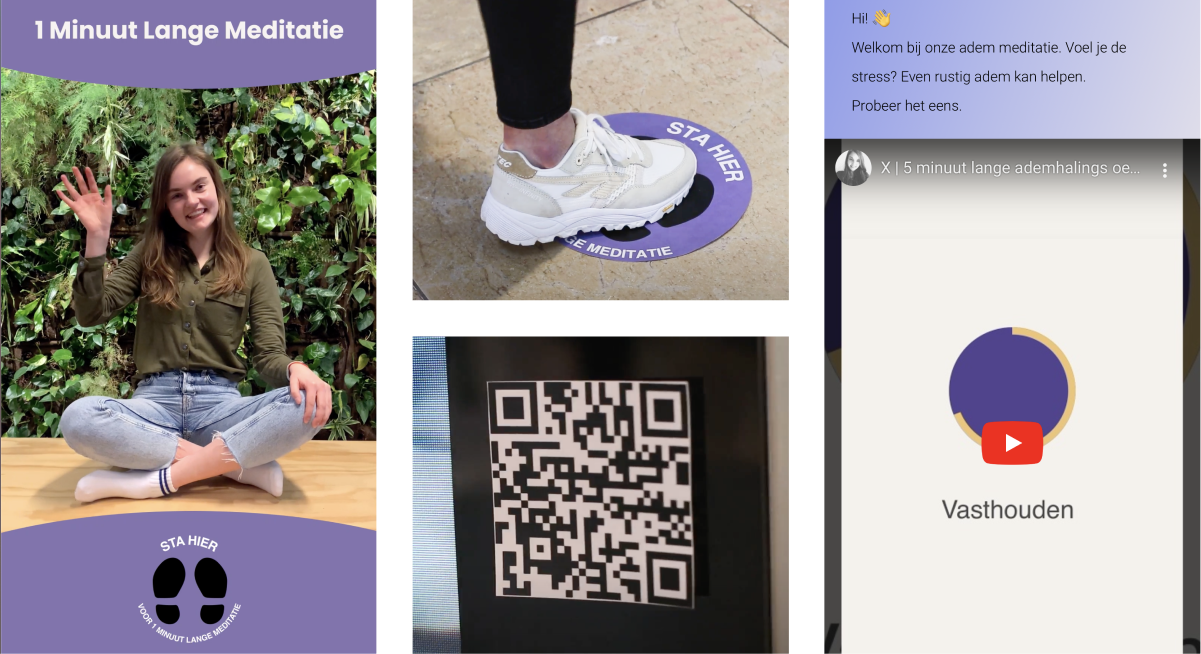
Results
The physical prompt was relatively intrusive and required the shedding of inhibitions which did not cater to the potentially fragile state of the anxious mind we are targeting. We recommend introducing such an exercise in its initial form, without the need for activation, and allowing passersby the opportunity to engage discreetly. This option also proved to capture the passersby's attention to the screen more effectively and ensuring a spontaneous moment to relax as opposed to having it a self-induced act. There's also the factor that Covid measures has given rise to plenty of stickers and signage on the ground promoting safety and social distancing. Perhaps, our prompt was lost in this noise.
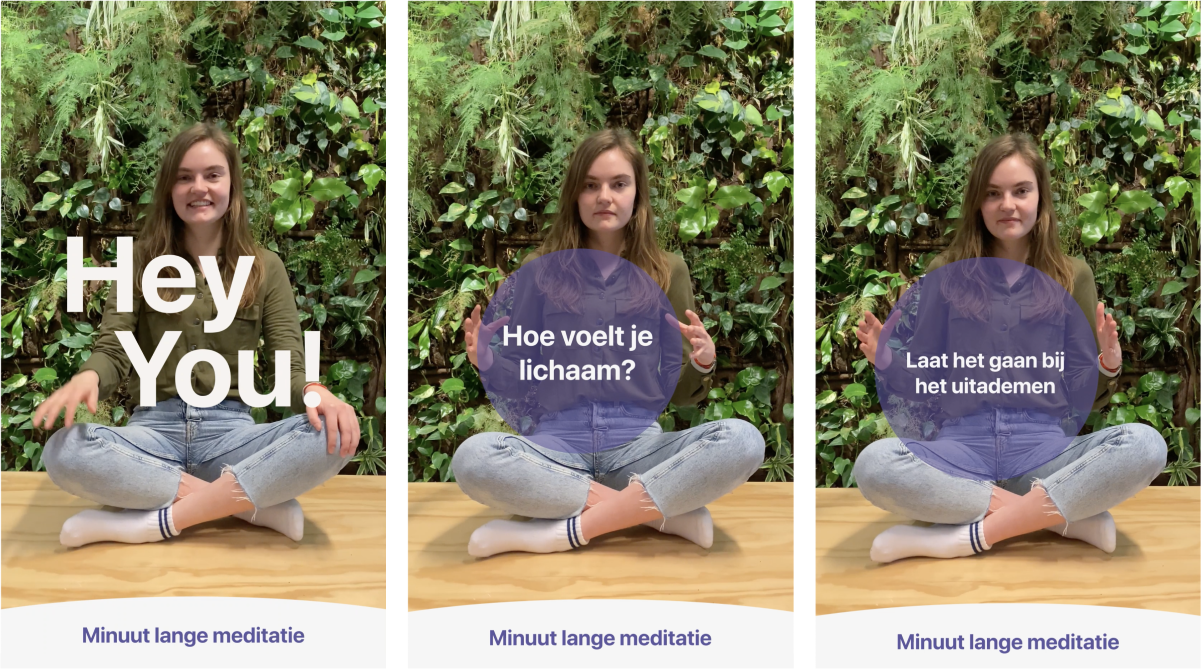
Watch the video on Respite the Noise
